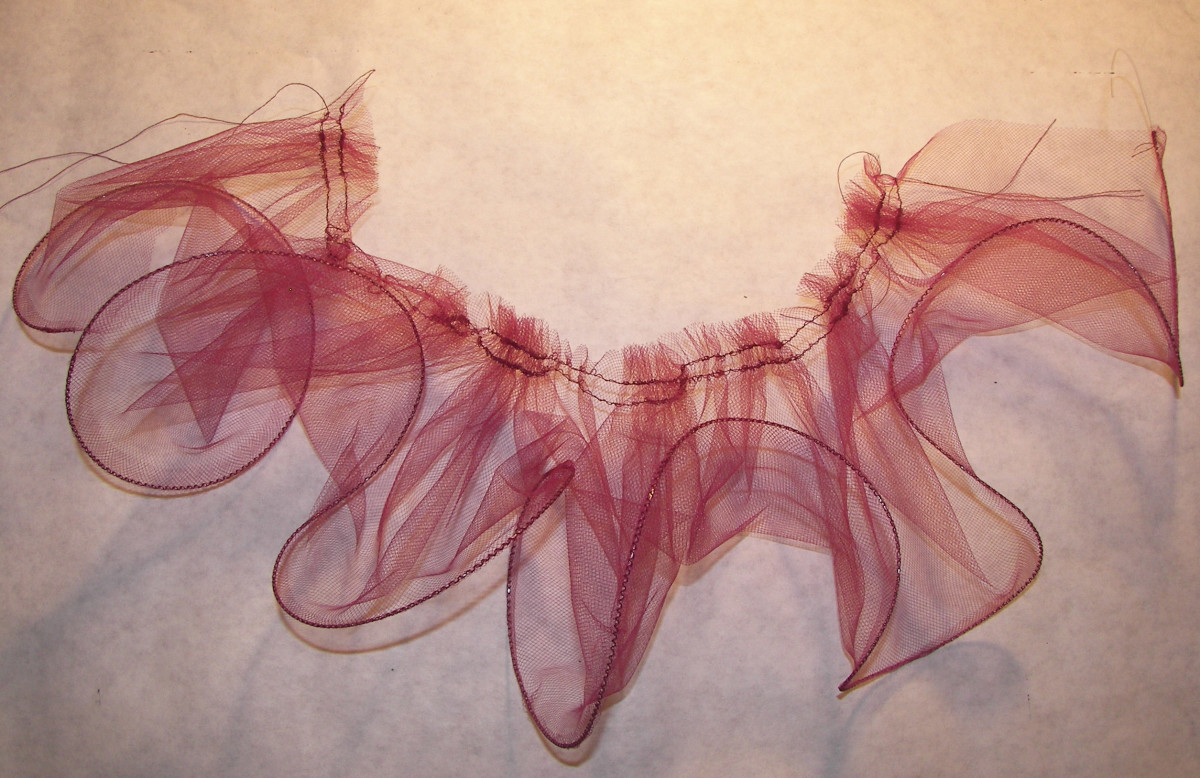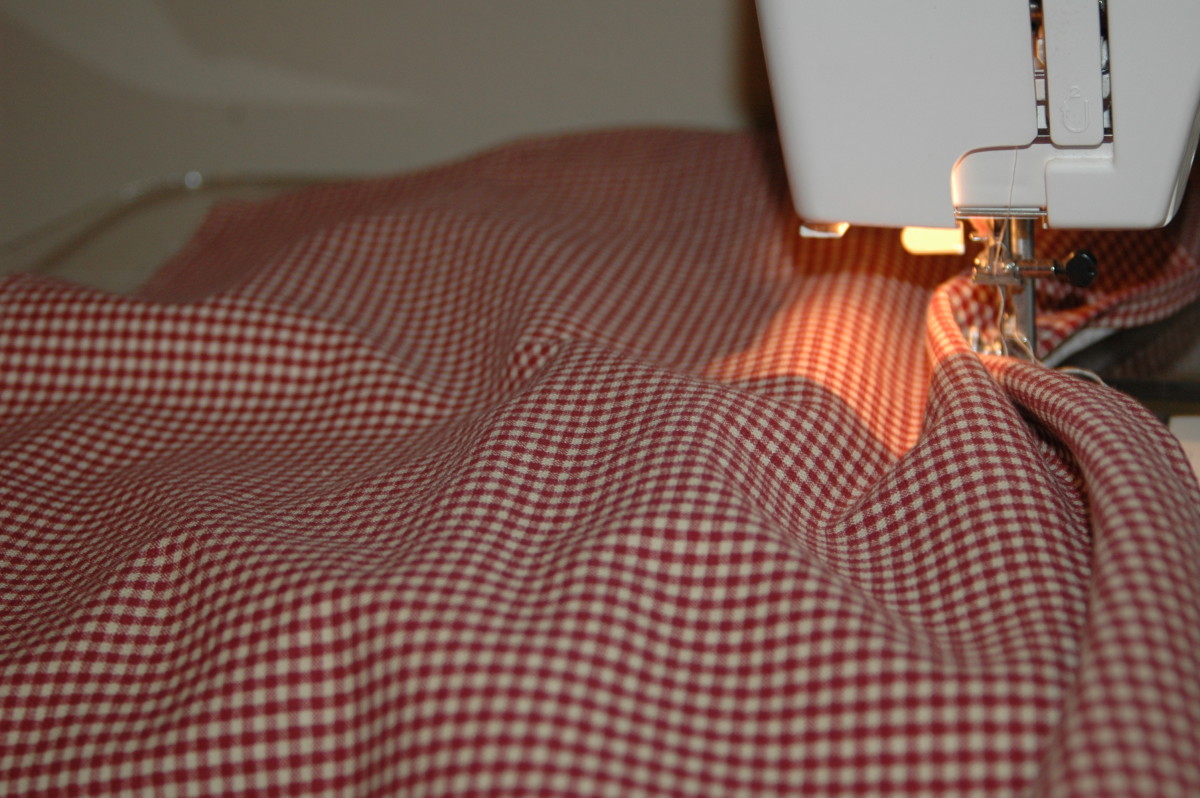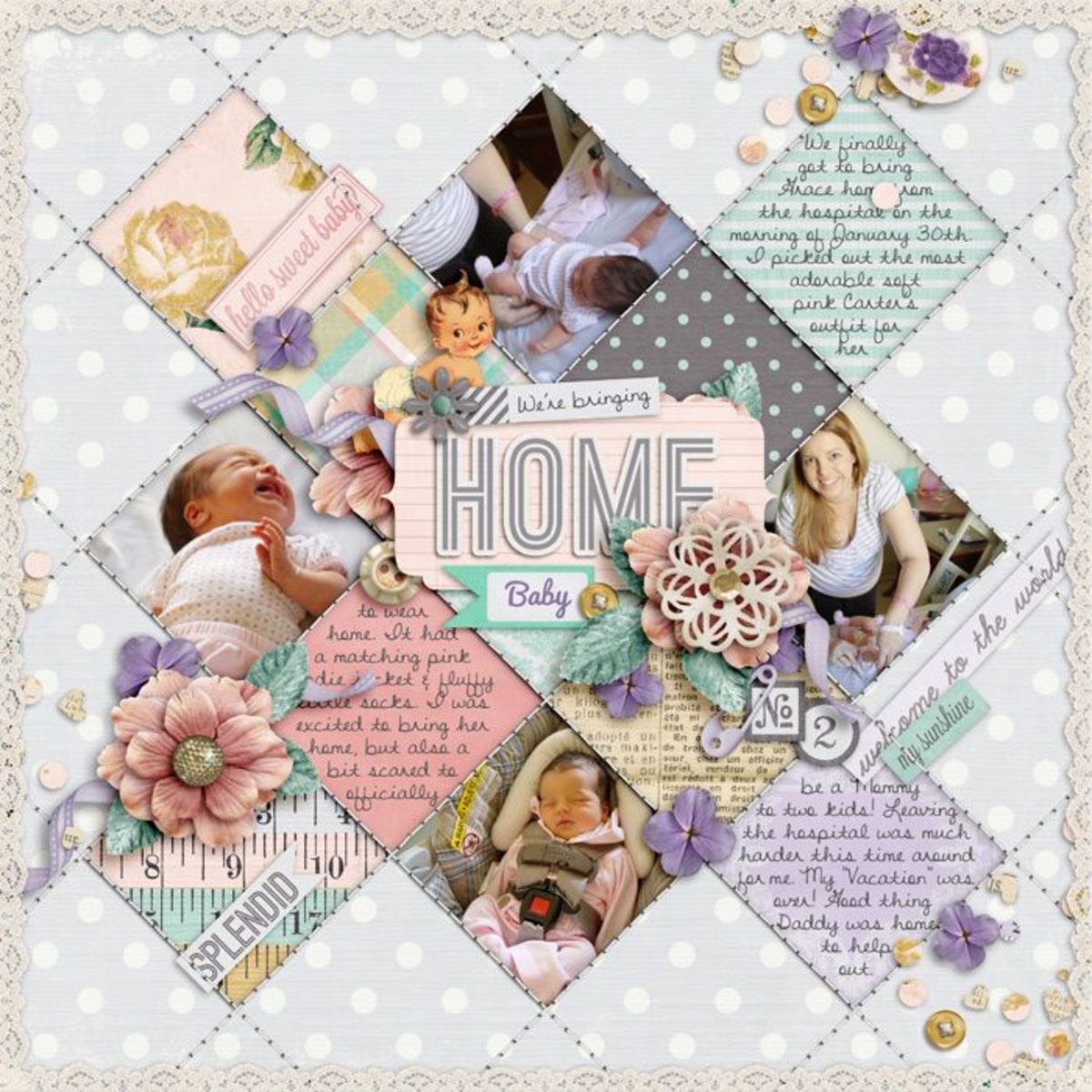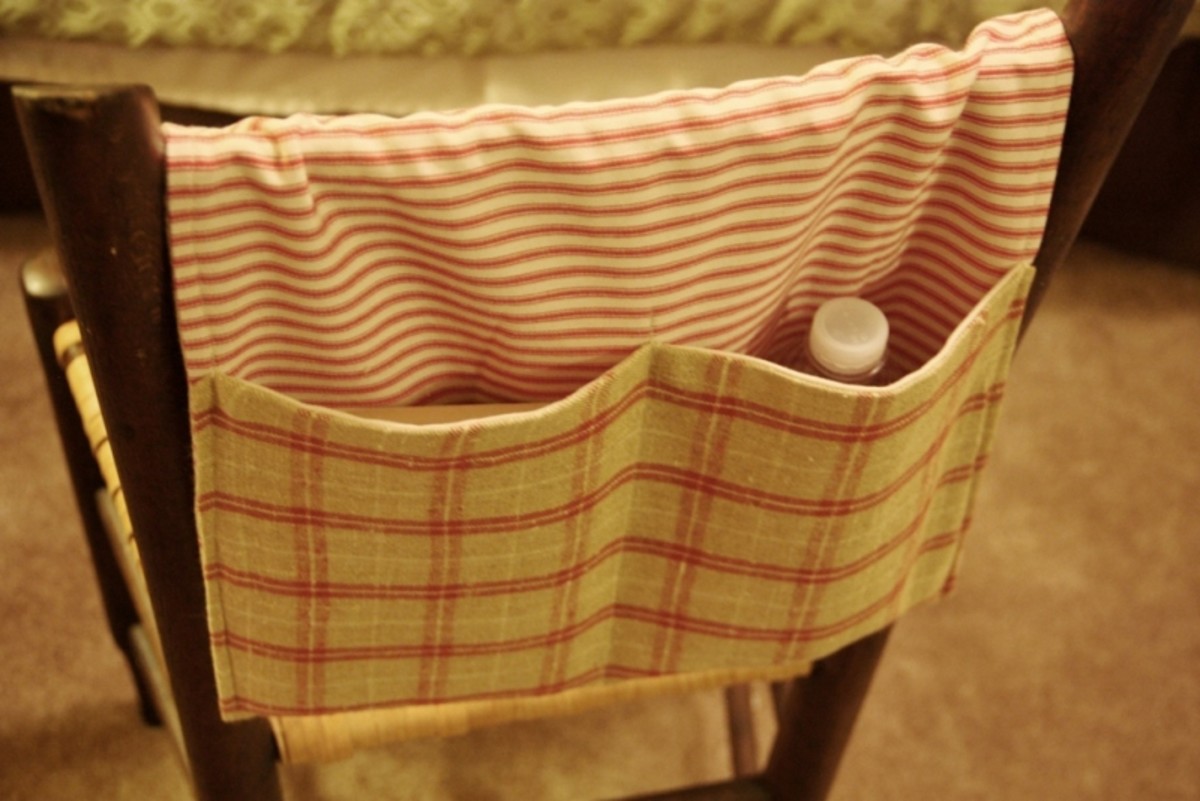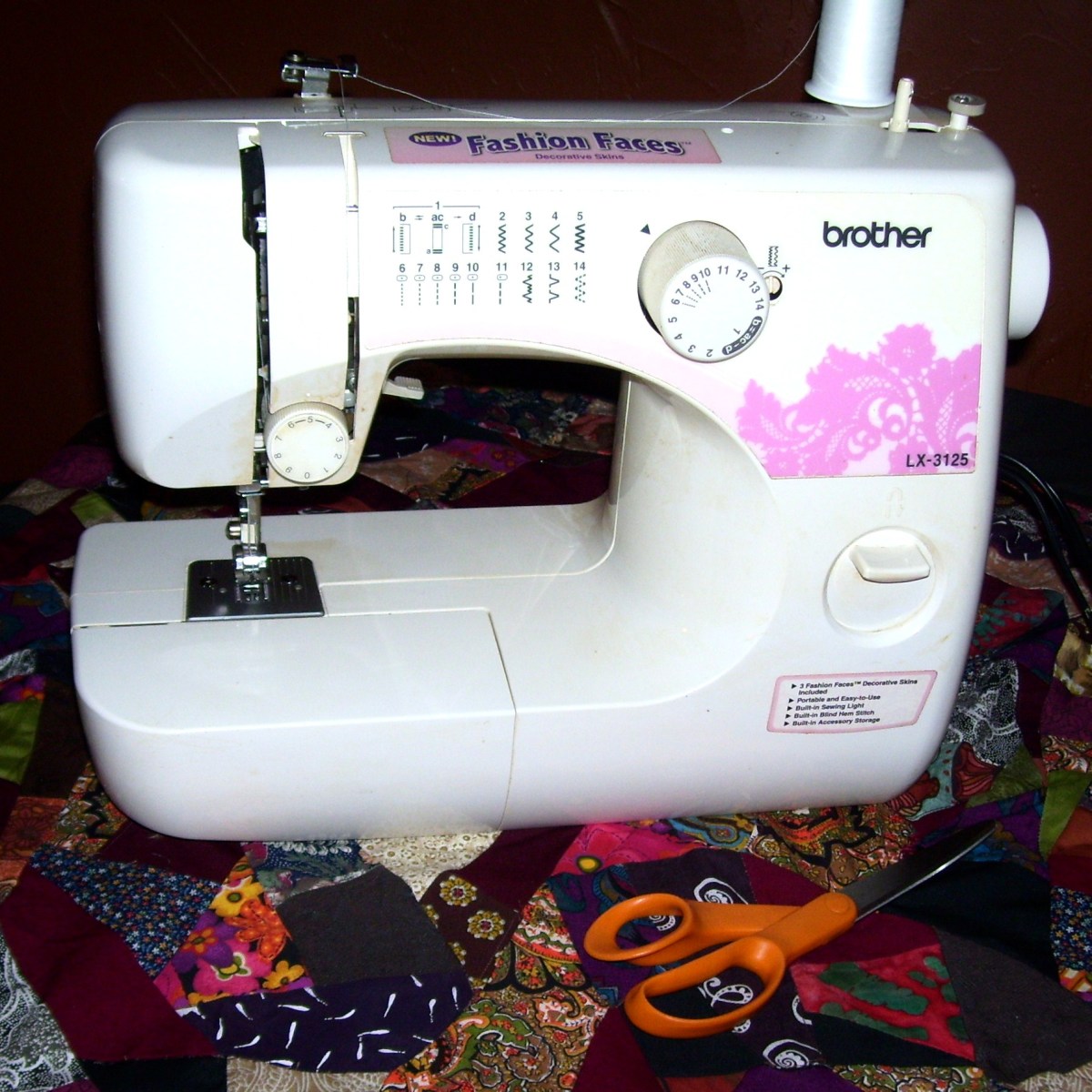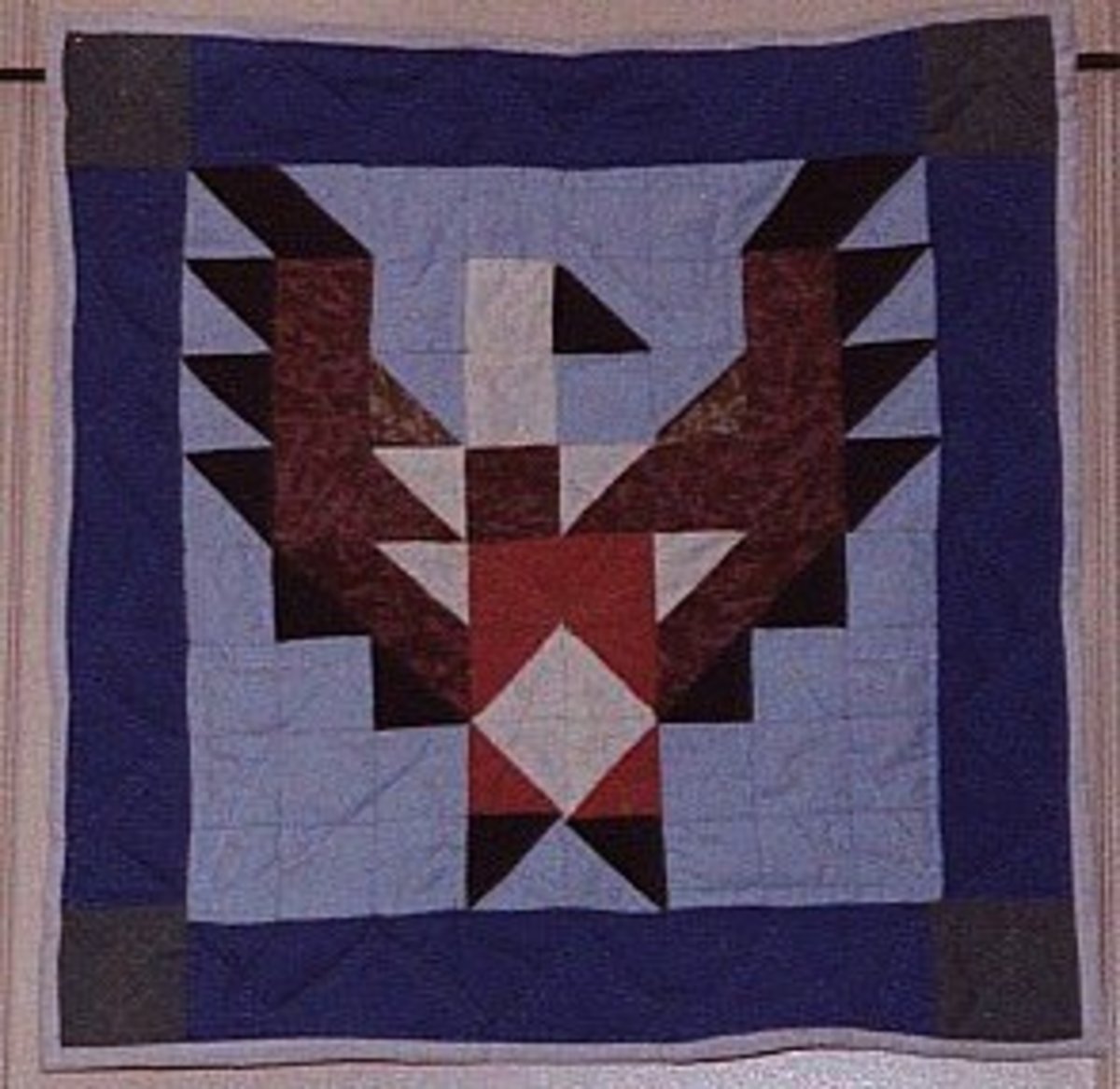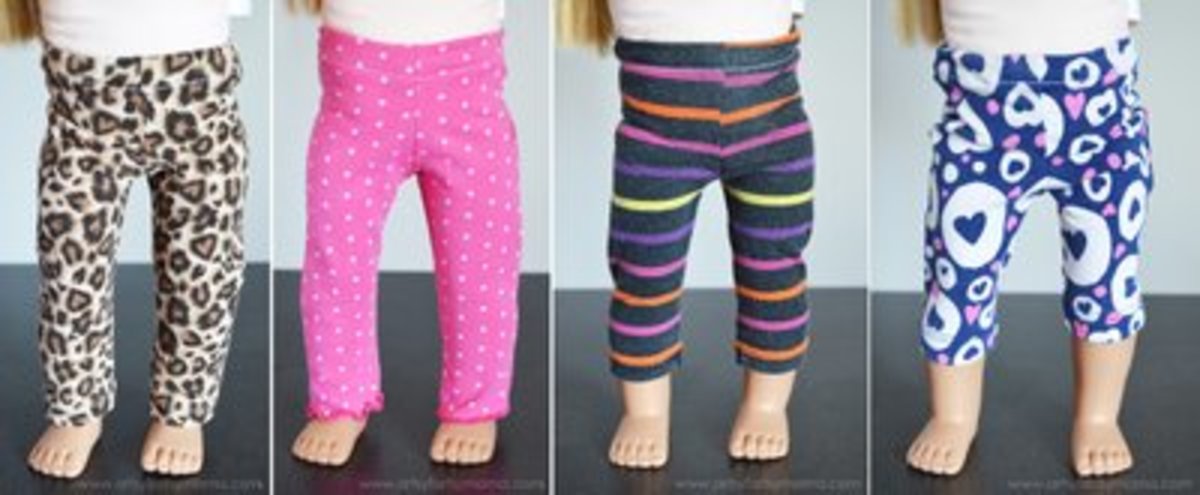How To Sew Piping Cords On Clothes Tutorial - Sewing Corded Piping
Sewing Piping Cord as a Decorative Dressmaking Technique
Learn how to sew piping cords on clothes. Piping is a cord in a small strip of fabric that create a decorative fashion statement. Piping that is corded is made up of bias-cut strips of fabric that is wrap around piping cord that can be sewn into seams of fabrics. You can make your own piping cord or buy ready made from haberdashery shop.
Piping cord can be made by using knitting wool, strings of thick threads such as embroidery threads, white cotton that has soft texture. There is no limit to the type of fabric that can be piped. Most fabrics can be piped. Always check the weight and texture of the fabrics. Cottons are mostly suitable to use for piping. You can make piping have a contrast color to the main fabric, that is if you want a decorative fashion design.
Just like many dressmakers use striped fabrics to achieve decorative effects in various ways, you can also use piping in that same way. Make sure there is a balance between the piping cord and the fabric you want to use. Find out if the cord as well as the fabric will be washable or preshrunk. If you are in doubt, wash the cord and the fabric before you start to cut out.
It is important to cut the outer cover of the cord on the bias of the fabric at an angle of 45 degrees to the selvedge. In order to find the cross of the fabric at 45 degrees angle, you will have to fold the fabric length in half, bring both selveges together and make them lie flat and smooth.
Make a notch through the two selvedges. You should draw a line between the two notches and cut. This is now the cross or bias. Strips can be cut parallel to this line to use for piping.
There are many uses of piping cords, you can use them on garments, bags, cushions, pillows and others.

How To Sew Piping Cords
- With the right side of the fabric showing, you should fold the binding strip around the cord
- Give it a slight stretch as you pin and tack it in position. Using zipper foot, stitch close to the cord.
- Make sure that you fold the bias strip in short length around the cord
- Repeat the stitching, folding the next part of the bias strip around the cord and stitch, using the same method till you finish.
Make sure that the fabric you are using is not too thin or thick as compared to the piping cord, this is to avoid twisting the binding.
How To Insert Piping Cord into a Seam
- Make sure you lay the piping on the right side of the pieces of the fabric that you want to join on one side of the seam.
- Pin it into place
- At the corners, snip into the seam allowance of the piping
- Using the piping or zipper foot, sew the piping to the fabric
- Lay the second piece of the fabric seam over the piping. Get the right sides together and align the raw edges.
- Pin and stitch using the zipper foot close to the cord making a seam
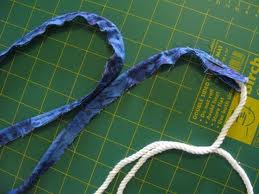
How to Iron Clothes with Piping
- Do not iron directly over the piping because this makes the piping to lie flat
- The beauty of any piping on clothes is that it should be able to stand out roundly. What you should do is to press all seam allowances to one direction, this makes the piping to stand instead of flattening it.
How To Insert Piping into Fabric Edges
The same technique you use in inserting piping into the clothe's seams is the same method you can use to insert piping into fabric edges till you get to the pressing stage.
You can insert piping cord into fabric edges in two ways: fold the facing back onto the wrong side of the fabric and firmly press it. Or turn the right side out if you want to insert pipings into the edges of cuffs or collars.
How To Sew Piping Cords Tutorial
- How To Make And Attach Your Own Piping - Sew4Home
Sew4Home, transform your space. Find home decor, home design and do-it-yourself, project ideas, design inspiration and how-to guides. - Top tips for working with Piping
How to create piping for your soft furnishings projects - practical instructions and tips - How to sew piping into your bags - tutorial. - U-handblog
**UPDATE** If you'd like this tutorial (and any of my others) in PDF format click here. Note: to view the PDF tutorial, you will need the latest Adobe Viewer program. Get the latest version of the viewer absolutely free by...

